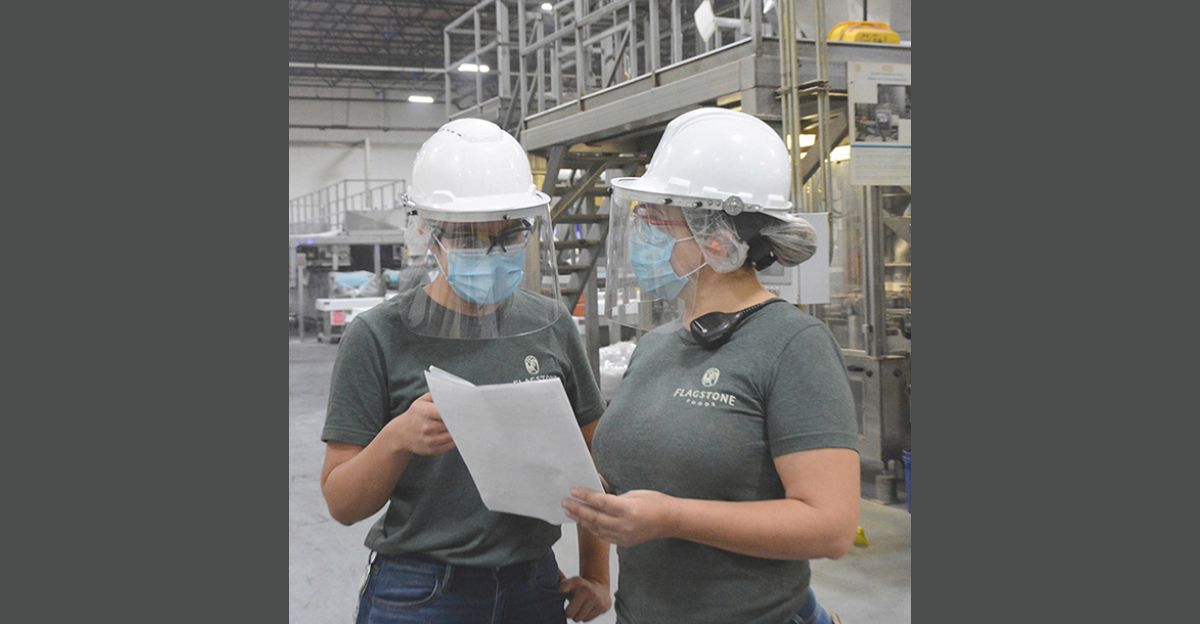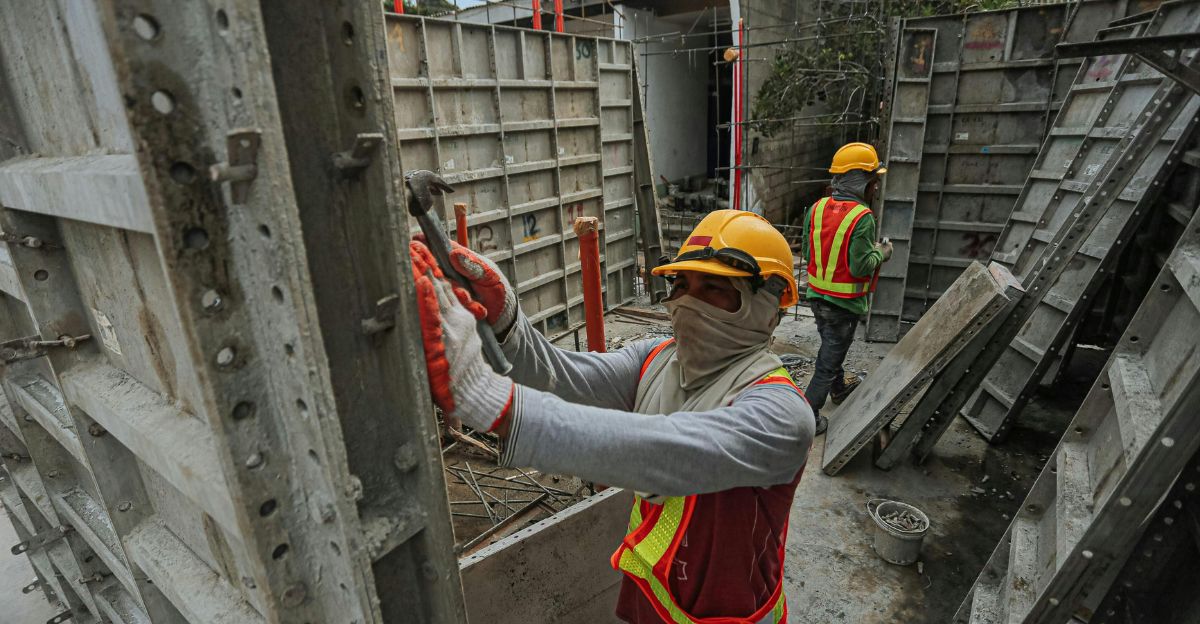
Just before the holiday season in 2025, a concerning manufacturing exodus impacting the state’s economy resulted in the layoff of nearly 1,300 Texas workers between late October and early November. About two dozen mass layoff notices contributed to this spike in job losses, which particularly affected Texas’s manufacturing sector. For the first time in recent memory, Texas’s unemployment rate exceeded the national average (4.4%) to 4.7% in August 2025, indicating a change in the state’s economic situation. Local economic hardship has been exacerbated by significant cuts made by companies like Flagstone Foods, Wells Fargo, and numerous others.
Effective by year-end or early January 2026, these layoffs exacerbated a pattern of increasing unemployment claims and sectoral downturns that threaten Texas’s long-standing reputation as a “business-friendly” employment destination.
The Historical Background of Manufacturing in Texas

Thanks to its low taxes and business incentives, Texas has long been a manufacturing powerhouse. But in 2025, an unprecedented change occurred: thousands of manufacturing jobs were lost as a result of concurrent plant closures and relocations. In previous decades, Texas’s manufacturing growth surpassed that of the majority of U.S. states; this exodus stands in sharp contrast to that. The state will lose about 15,600 manufacturing jobs in 2025, according to Federal Reserve data, as a direct result of economic challenges, trade uncertainty, and growing operating expenses.
With a startling 2% increase in some metro areas and a 0.3% year-over-year increase in statewide unemployment, this decline is the steepest since the pandemic’s disruption.
Sectoral Changes Causing Employment Losses

Downturns in other historically robust industries like IT, oil and gas, professional services, and banking are similar to the manufacturing sector’s decline in Texas. For a state known for being pro-business, the banking industry alone lost 355 jobs in recent layoffs. A fractured economy pattern results from sectors like hospitality, construction, education, and health growing while manufacturing falters.
This discrepancy implies that Texas’s economic foundation is changing from steady, well-paying manufacturing jobs to more unstable service-sector positions, which may have a negative impact on long-term earnings and the state’s economy.
Direct Effects on Communities and Workers

Assuming an average manufacturing/banking salary of about $50,000 per worker, the 1,300 lost jobs amount to about $65 million in lost wages annually, impacting over 3,900 Texans, including family members. Local economies lose about $3.9 million in purchasing power each month as a result of this income loss, endangering small businesses and services that depend on these wage cycles.
Before the holiday season, which is frequently a crucial time for economic activity, big employers like Flagstone Foods and Pure Hothouse Foods, among others, close plants or reduce staffing, making cities like El Paso and San Antonio especially vulnerable.
The Social and Psychological Cost

For impacted employees and their families, job losses of this magnitude exacerbate emotional and mental health issues. The abrupt loss of income causes stress, anxiety, and depression, which are made worse by the fact that it occurs during the holidays, a time when families are usually stable and spending money is high.
In impacted Texas metro areas, the knock-on effects could make people more dependent on social services, put a burden on local resources, and lower morale in general. Long-term uncertainty psychologically weakens confidence in governmental and corporate stability, further deterring investment and consumer confidence in these communities.
The Function of Non-Renewals of Federal Contracts

In Texas, these contract terminations have resulted in hundreds of job losses, disproportionately impacting government-funded businesses and veteran employment pathways.
Local economies that have long relied on steady federal contract work for economic diversity and resilience will be severely impacted by this withdrawal, which represents a strategic shift on the part of the federal government.
Corporate Strategy and the Layoff Cascade

In reaction to market volatility, growing expenses, and fluctuating demand, businesses use intentional strategy to reduce workforce segments. The announcement of 225 layoffs in Lubbock by Wells Fargo, along with a chilly corporate statement that emphasized thoughtfulness, highlights a trend of corporate rationalization that is frequently detached from the realities of the community.
This corporate calculation overlooks the human cost in favor of operational consolidation and quarterly returns. These reductions are probably intended to boost short-term balance sheets, but they run the risk of harming brands over time, eroding local loyalty, and depleting skilled labor pools, all of which could be expensive when the economy improves.
Texas’s Business-Friendly Myth: An Economic Paradox

The long-held notion that Texas’s low tax and regulatory environment naturally protects jobs is called into question by the layoffs. Rather, these job losses draw attention to a paradox: what helps some industries or investors may also encourage businesses to move manufacturing to states or nations with even lower labor costs or logistical advantages.
Additionally, operating in Texas is costly due to the state’s strained infrastructure, growing urban costs, and tight labor market. This reality challenges the oversimplified “business-friendly” narrative and necessitates complex policy that strikes a balance between job security and economic competitiveness.
Pressures from Globalization and Wider Industry Trends

The manufacturing downturn in Texas is consistent with larger global trends that redefine manufacturing locations through automation, supply chain reconfiguration, and offshoring. Texas now competes both domestically and internationally as businesses look for ways to cut costs.
The robustness of regional supply chains and local innovation clusters are hampered by the decline in manufacturing job density. Texas runs the risk of long-term industrial hollowing if it doesn’t adjust by making investments in high-tech manufacturing or retraining employees. Accepting these global changes while mitigating transitional harm to its workforce is essential to the state’s economic resilience.
The Growing Unemployment Problem in San Antonio

In August 2025, the unemployment rate in San Antonio, a major Texas metro, was 4.4%, up 0.5% from the previous month and 0.3% from the previous year. The city bears unique hardships, losing 80 greenhouse workers and 74 oil and gas workers, alongside the impact of military veteran job pipeline cuts. This confluence of layoffs depresses a city that finds it difficult to absorb displaced workers despite growth in construction and hospitality.
Increased risks of poverty, decreased consumer spending, and possible increases in the need for public assistance present challenges for the local economy, forcing municipal policymakers to devise quick workforce solutions.
Trends in Unemployment Point to Wider Recession Risks

With over 747,000 claims filed in 2025 through October, the state’s unemployment claims increased by 7% year over year, continuing a three-year trend of increasing layoffs. Although Texas has never experienced a national recession, it is currently experiencing unemployment that is higher than the national average for the first time. Economists caution that if layoffs pick up speed into 2026, this pattern may portend more severe economic downturns.
The loss of banking and manufacturing jobs lowers consumer liquidity and tax bases, putting pressure on state budgets and social safety nets and possibly leading to protracted financial difficulties.
The False Promise of Growth in the Service Sector

Compared to manufacturing or banking, the hospitality, construction, education, and health sectors tend to offer lower average wages and less job security, despite their growth. Particularly for mid-career workers who rely on manufacturing skills, the growth of the service sector frequently compresses income levels and increases economic inequality.
Many displaced workers experience underemployment or unemployment, and transferring workforce skills presents enormous challenges. In the long run, this structural change may reduce community wealth accumulation, stress social services, and undermine overall economic stability.
The Economic Policy Psychological Game

Layoffs and public opinion interact to show how decisions about economic policy have an impact that goes beyond money. Increases in unemployment erode worker confidence, which in turn discourages investment and spending, creating a vicious cycle that exacerbates recessions. Texas’s experience serves as an example of how policy disregard for local economic changes can exacerbate social mistrust and general unhappiness.
In order to address the psychological effects of mass layoffs as well as the economic facts, leaders must acknowledge this interaction and develop open communication and support strategies.
Future Prospects: Texas Employment Market Prognosis

The manufacturing exodus will accelerate without swift action, resulting in an estimated 15,600 job losses in 2025 alone. If current trends continue, the state anticipates 800,000 unemployment claims in 2026, which could further destabilize local economies and families.
Targeted retraining initiatives, manufacturing innovation incentives, and a reevaluation of infrastructure and tax laws are necessary solutions to keep business. To stay competitive in the domestic and international economies, Texas needs to shift from reactive to strategic economic planning.
Conclusion

A deeper economic and psychological crisis in Texas is revealed by the 1,300 jobs lost in a swift wave of layoffs. Texas’s reputation as a stable job oasis is under threat from the manufacturing exodus, banking sector cuts, and federal contract losses. This crisis highlights the need for comprehensive policies that strike a balance between workforce security and growth, as well as the vulnerability of depending solely on low-cost incentives in a changing global economy.
Human stories and systemic risks lie beyond the numbers, serving as a reminder that the livelihoods of those who drive the economy should be taken into consideration in addition to corporate profits when assessing the state of the economy. Texas is at a turning point, and the decisions it makes now will determine how resilient it is in the future.